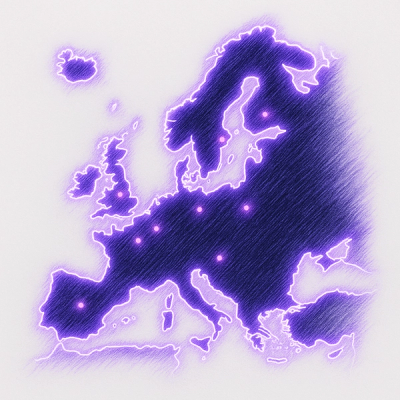commuter
A minimal, composable router that supports sub-routes.



Example
var commuter = require('commuter')
var router = commuter()
router.get('/post/:title', onRoute)
router(req, res)
function onRoute(req, res) {
console.log(req.params.title)
}
Subroutes work exactly as you'd expect:
var commuter = require('commuter')
var router = commuter()
var subrouter = commuter()
router.get('/post/*', subrouter)
subrouter.get('^/?view/:title', onRoute)
router(req, res)
function onRoute(req, res) {
console.log(req.params.title)
console.log(req.url)
}
Even handle the "index" route in your subrouter:
var commuter = require('commuter')
var router = commuter()
var subrouter = commuter()
router.get('/post/*', subrouter)
subrouter.get('^$', onRoute)
router(req, res)
function onRoute(req, res) {
console.log(req.url)
}
API
commuter([defaultRoute] [, root] [, verbs]) - Create a new router. Accepts
the following parameters:
defaultRoute - A function to be called if no routes are matchedroot - A string to be ignored at the begging of any URL; for example,
passing /some/string will cause the route /some/string/with/more to
be matched using only /with/moreverbs - By default, the standard HTTP verbs are supported: get, post,
put, patch, delete. If you need different verbs, pass them here. It will
replace the defaults, excepting the special any route, which is always
available.
The router that is returned has the following methods:
router(request [, args ...]) - Route a request through the router. Routes
are matched in the order they were added.
router.<method>(pattern, fn) - Define a route on your router
<method> - Any of the standard HTTP verbs, or the verbs you defined; for
example, router.get, router.post, or router.any.pattern - A string that is either a Cucumber-style pattern describing a
URL or a Regex string (not a RegEx object). commuter uses routes
for it's pattern matching, and follows those docs and rules.fn - The function to be called when your route is matched. This function
should take the same form as your router.<method> function; that is, if
your router was called as router(req, res), your function will be called
with fn(req, res)
The request object only needs to be "request-like"; that is, the only
properties that are used are request.url to match the url, and optionally
request.method, which will default to the router.any routes if missing.
As the request passes through the router, a few additional properties are
added to it:
request.params - A key/value object of the matched parameters from your
pattern, and their captures values.request.splats - An array of the matched splatsrequest.route - The last route pattern that was matched.
There are a few other additions that come via routes and are
explained in their docs.
License
MIT. See LICENSE for details.






